During the warmer months, fish of just about every species are on the feed. That’s good news if you simply want the float to go under, but if your heart is set on catching something a little bigger, small nuisance fish can make things tricky.
That’s particularly true on many day-ticket lakes, where greedy silverfish will snaffle up a hookbait before the larger residents get a look-in. In this situation, many anglers will reach for the feeder rod, but for those that prefer to fish the float, it’s still possible to single out those tench, carp, crucians and bream.
But to do so, you should adjust your feeding and rigs.
It’s vital that you feed correctly – get it wrong, and you’ll end up with a load of small silvers sat up in the water, ready to intercept your hookbait before it reaches the better fish below.
TARGET THE BIGGEST FISH IN THE LAKE WITH THE BEST SPECIMEN RODS.
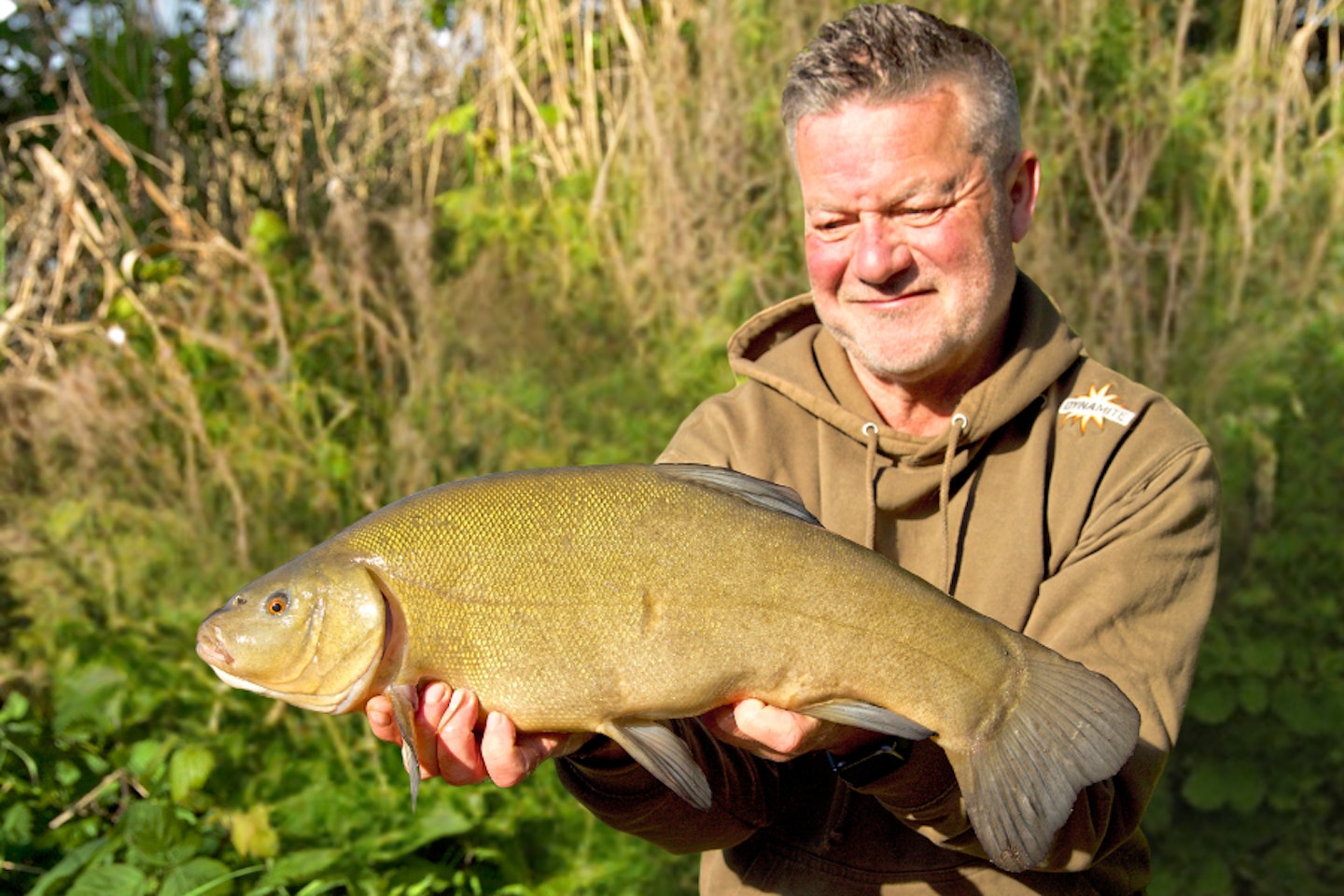
Target the near side
It’s widely known that the larger fish on many day-ticket waters are caught short, and in the margins, so that’s the area to focus on. Fish two lines, one at the bottom of the near slope, and one right in the margin. At this time of year, both can bring bites throughout the day.
By fishing the two areas, you can rotate between them to keep bites coming – fishing one while feeding and resting the other. It’s essential to plumb up accurately, take your time at the start of the session and get a feel for where the near slope is, slowly working your way out until you're near the bottom of it. This can vary from venue to venue, and while on some it can be less than a rod length out, on others you must go a bit further.
In the margin, get tight to the bank as you can. It doesn’t matter if you're fishing on a steady slope, just adjust the feeding and presentation to suit the gradient.
FIND A 'SNAKE LAKE' TO FISH NEAR YOU IN THIS WHERE TO FISH GUIDE.
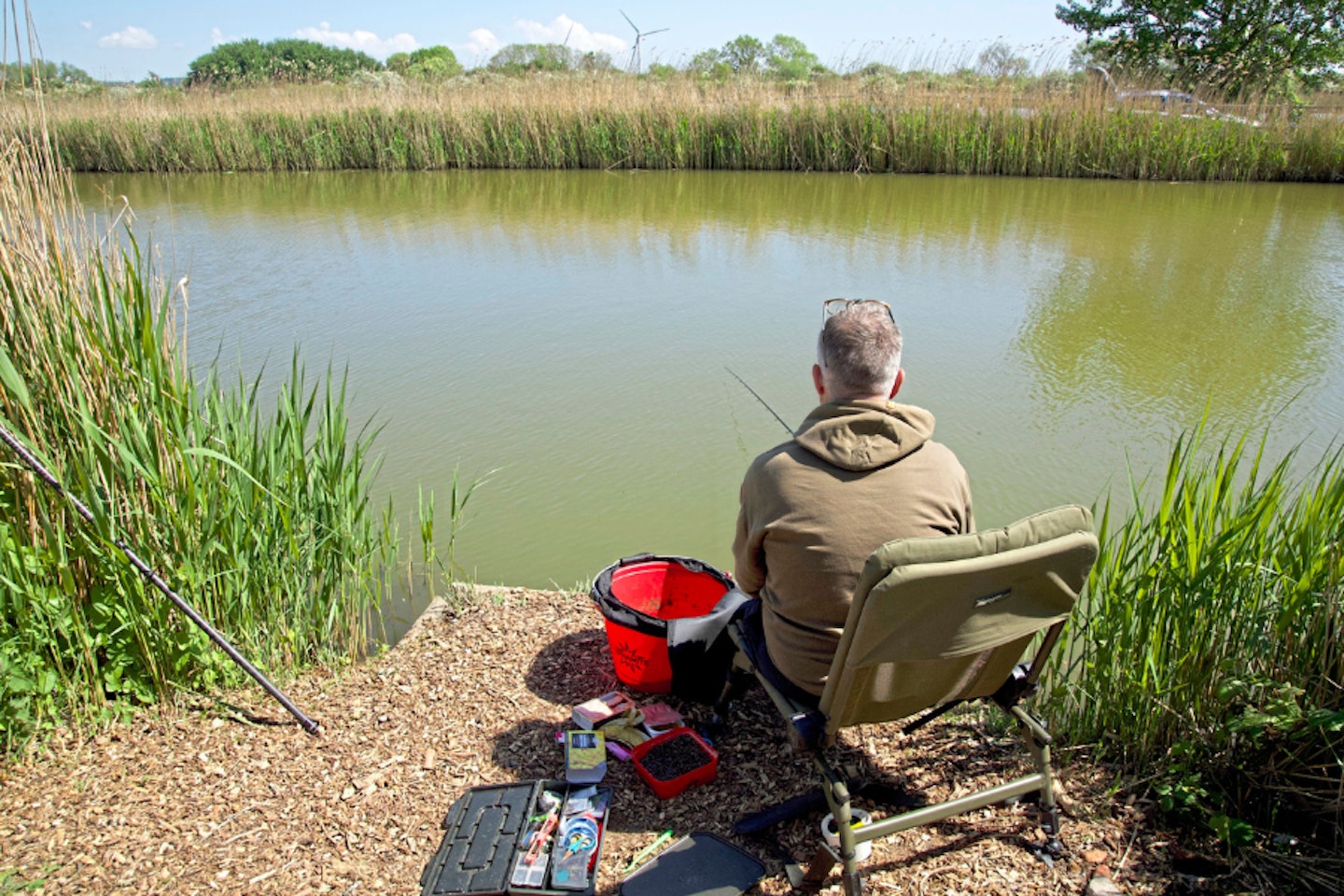
Two lines, one rod
You’d probably expect to be fishing the pole, and while it would certainly work, you can effectively use a rod, but rig it with a pole float. As long as you don’t have to cast far, a pole float works perfectly, offering great bite detection and sensitivity. For this method choose a 13ft float rod. In most cases this will easily reach the bottom of the slope.
So it's simply a case of dropping the float in, just off the end of the rod tip. This gives you the accuracy of a pole but with the ability to let the bigger fish take line if necessary. The length of the rod also ensures you can comfortably reach the marginal areas you want to fish.
As on most venues, the margin is shallower than the ‘short’ line, straight out in front, but all you need to do is make a note of how many rod rings my float is in line with after plumbing up. it's then just a case of sliding the float up and down to suit the area your'e fishing at the time.
FISH ALL NIGHT IN COMFORT INSIDE ONE OF THE BEST FISHING BIVVIES.
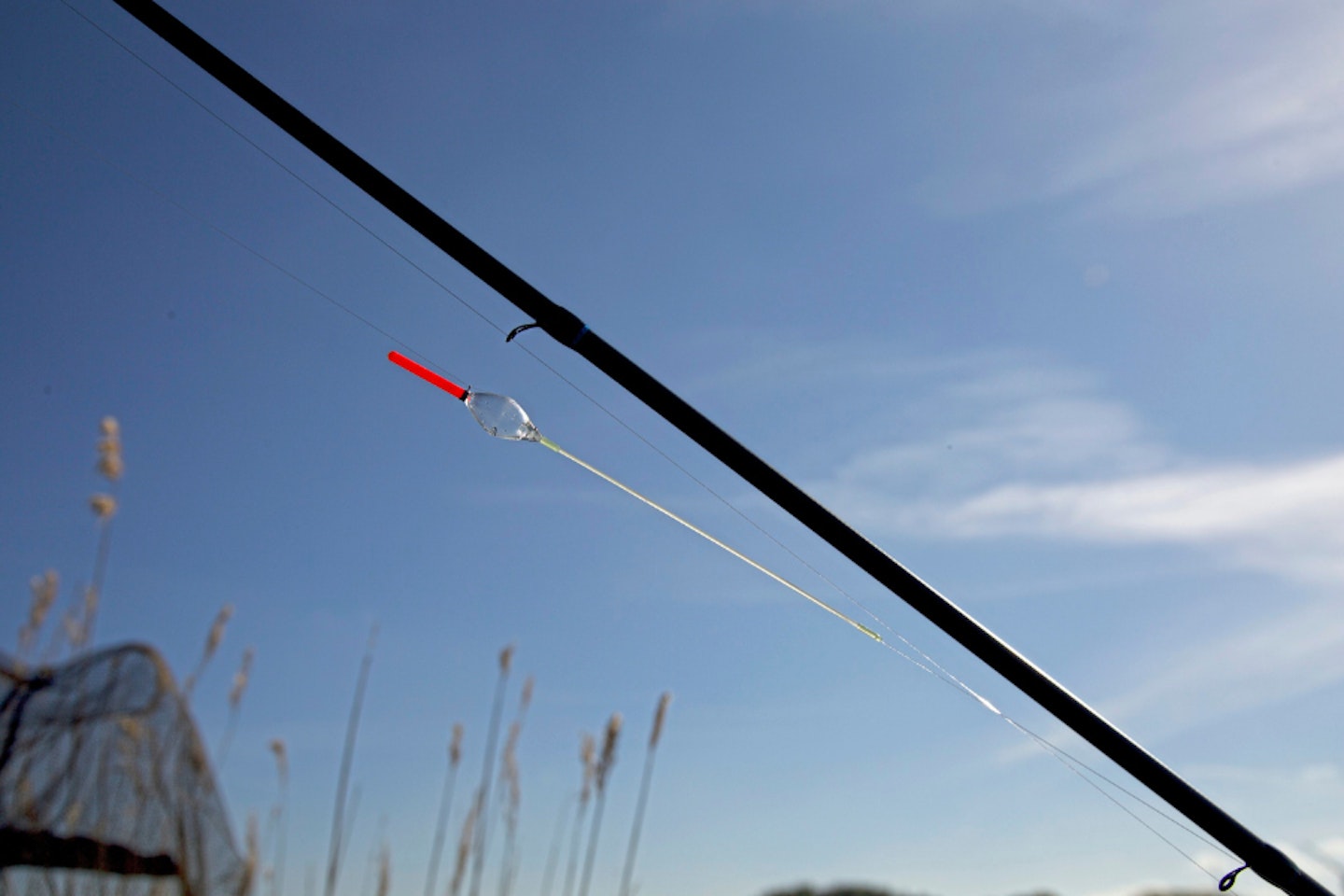
Get the bait down
Using the correct feed and hookbait is key to avoiding smaller fish, focus on larger baits for the hook, such as meat and corn. Feed-wise, heavy baits are the way to go. Use a dense groundbait something like Dynamite Baits Green Lipped Mussel Method Mix, introduce in balls, so it gets quickly down to the bottom.
Hemp is also quite a fast-sinking bait, introduce a decent palmful every so often so that you can be sure most of the grains are reaching the bottom. Hemp is also great to feed in the margins if you’re faced with a steep slope, where a ball of ground bait could roll its way down the shelf.
UNDERSTAND THE USES OF GROUNDBAIT IN THIS INSIGHTFUL GUIDE.
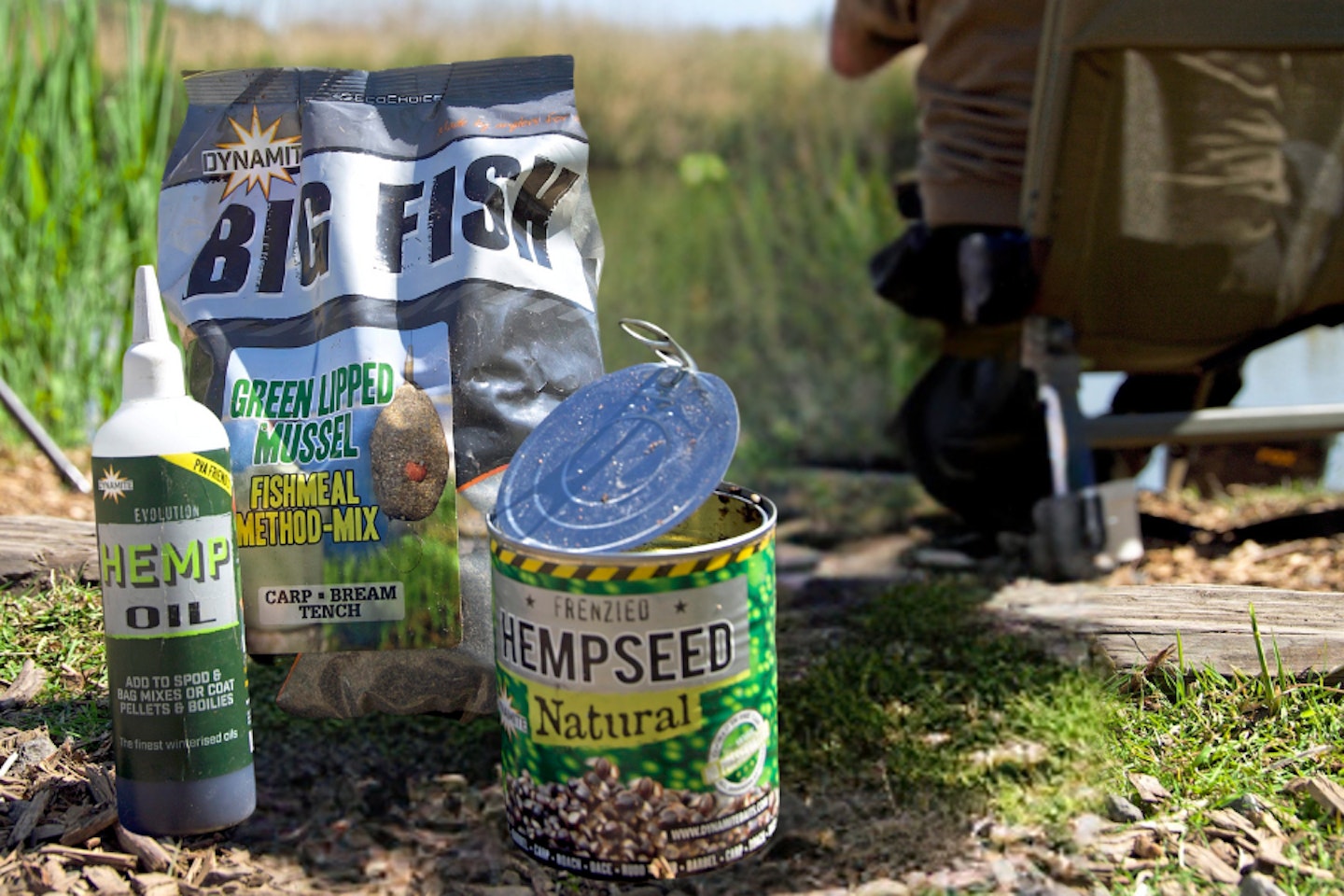
Presentation is key
To avoid the attentions of small fish, your float needs to be shotted positively. have a bulk, and one dropper shot below that. This will get your hookbait through the upper layers quickly, through the small fish, and all the way down to the deck.
When fishing the short line, flick the rig out and let it swing back in toward you on a tight line. As long as you have plumbed accurately this will ensure that the rig finds the right depth to settle.
In the margin, you sometimes must think a little more about how you lay your rig in, particularly if you’re fishing against a steep slope. If you try and drop your rig straight down, it could well land in a heap on the slope, so the best way to do it is to flick it out, away from the margin and into the lake, then hold it on a tight line and let everything swing in and settle onto that slope. This way, you’re in contact with your rig, and any bites will show up quickly on the float.
THE BEST FISHING REELS HAVE THE POWER NEEDED TO TAME BIG FISH.
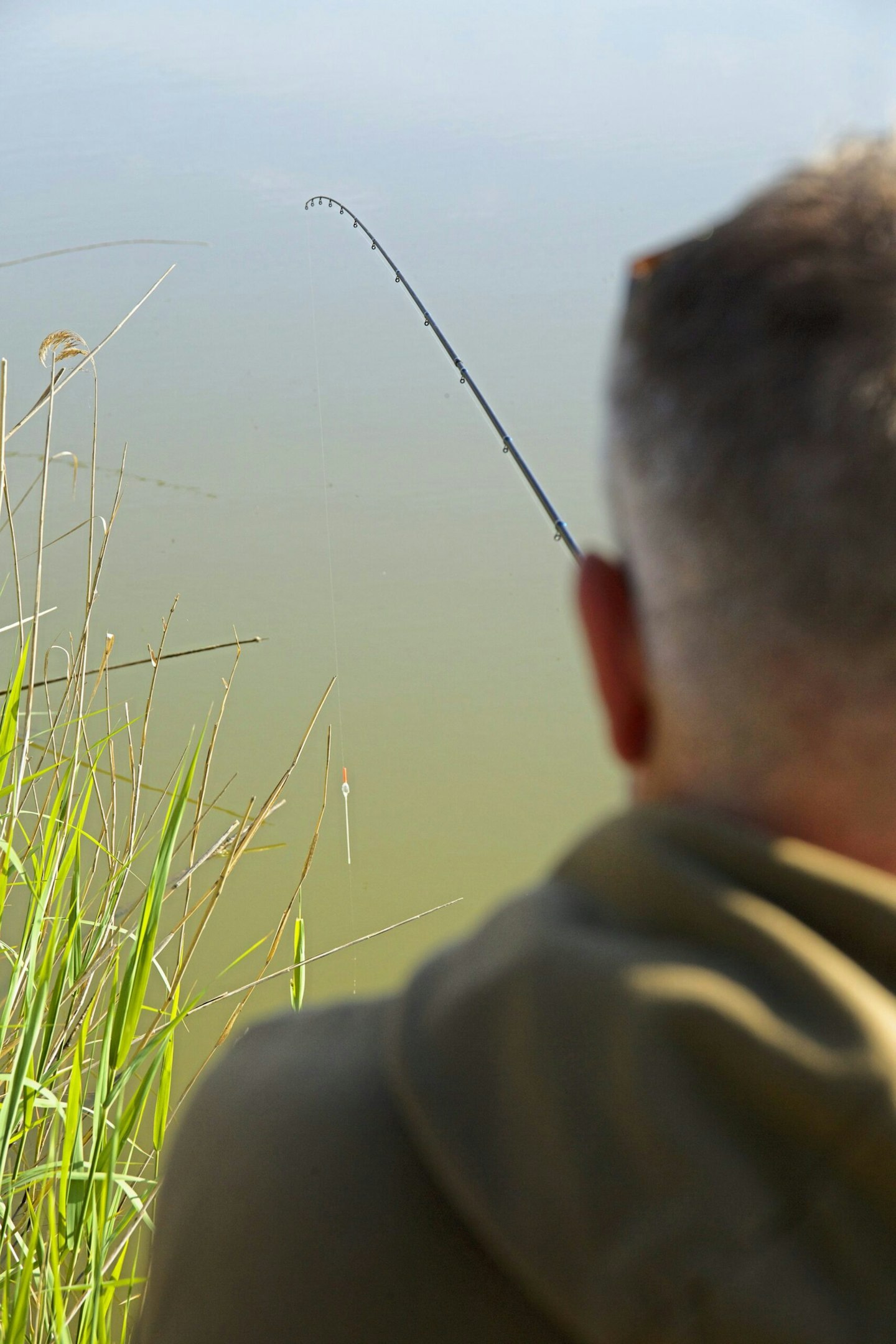
Select the right kit
As already mentioned, using a 13ft float rod for fishing this way. The float is a 0.6g Drennan crystal diamond pattern. Although this is heavy, the weight of float will sit firmly if any breeze gets up.
In terms of hooks and lines, use something that suits the fish you intend to catch. Generally, a line around the 6lb mark is suitable, using hooks between sizes 12 and 16 for baits like meat and corn.
CHECK OUT OUR PICK OF THE BEST FISHING RODS IN THIS BUYERS GUIDE.

